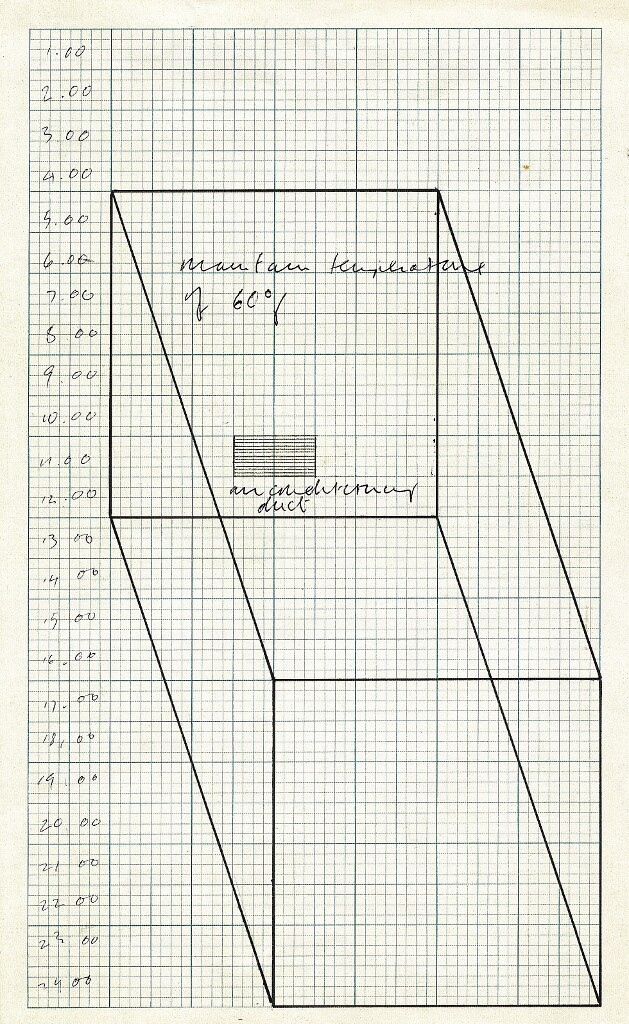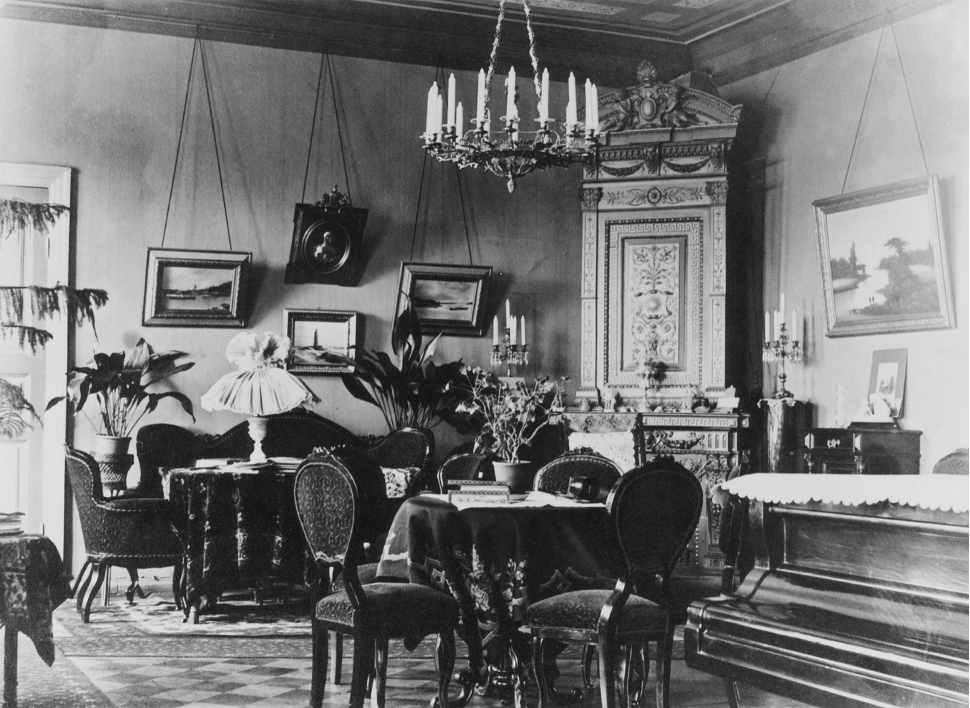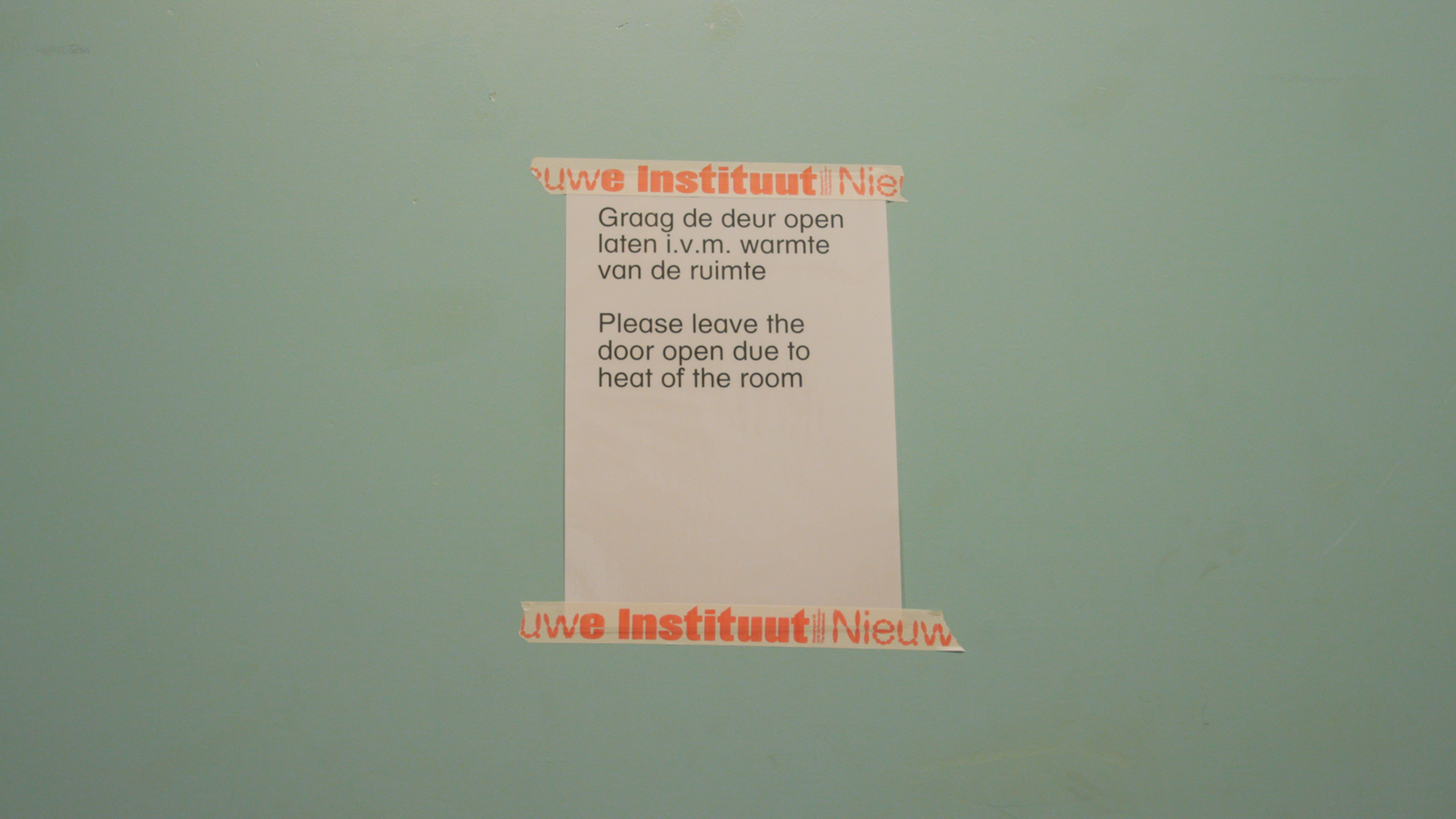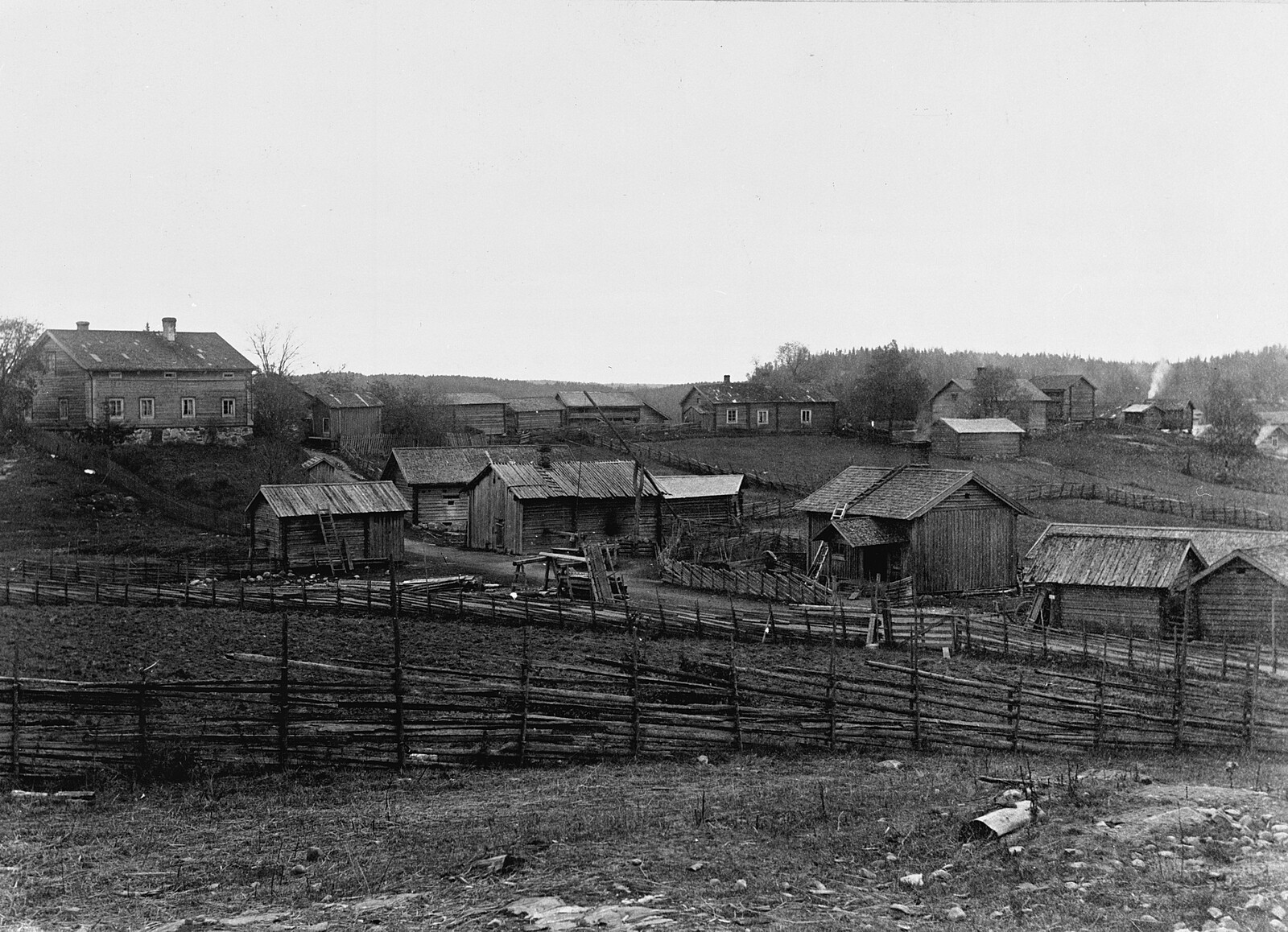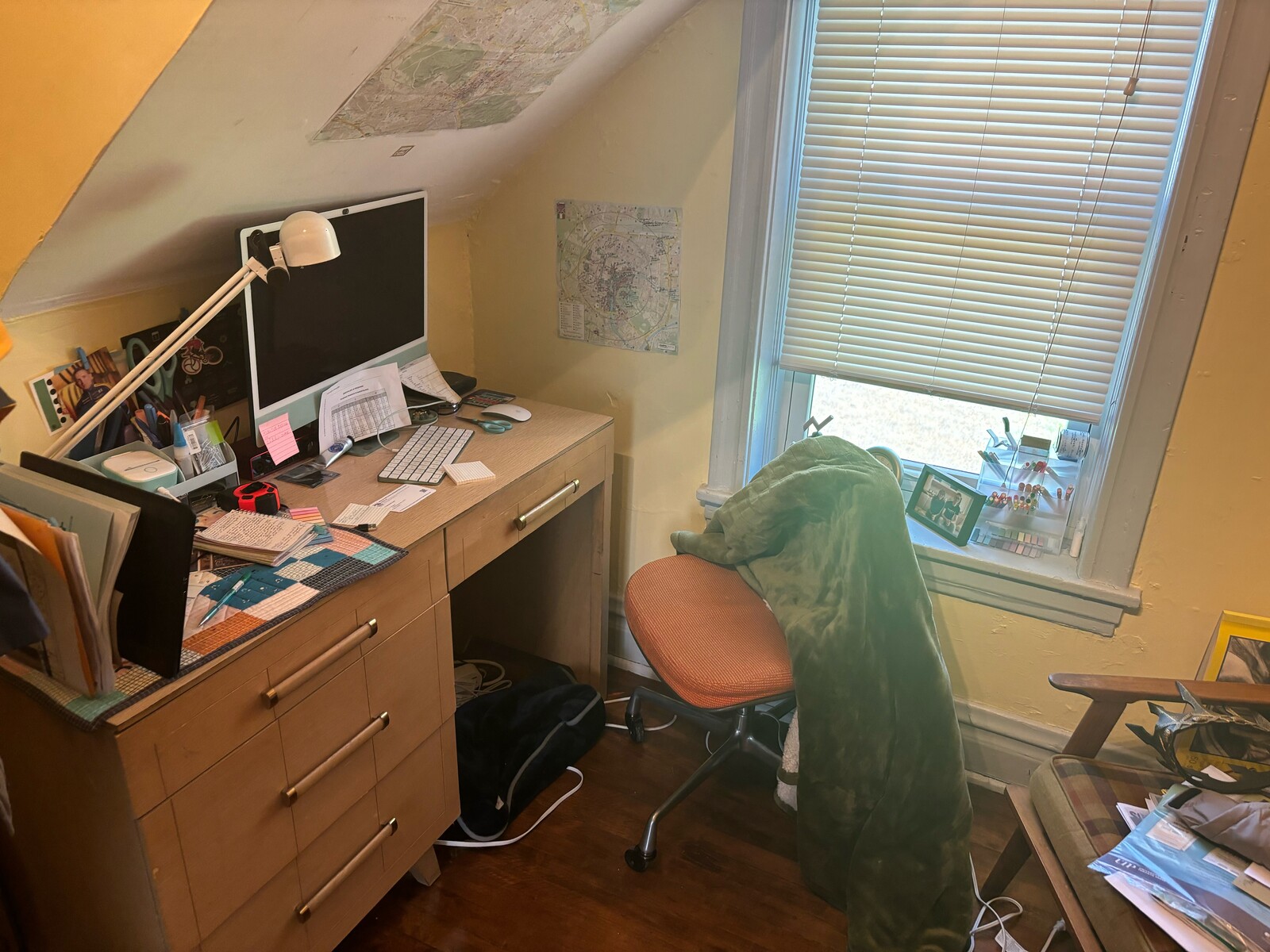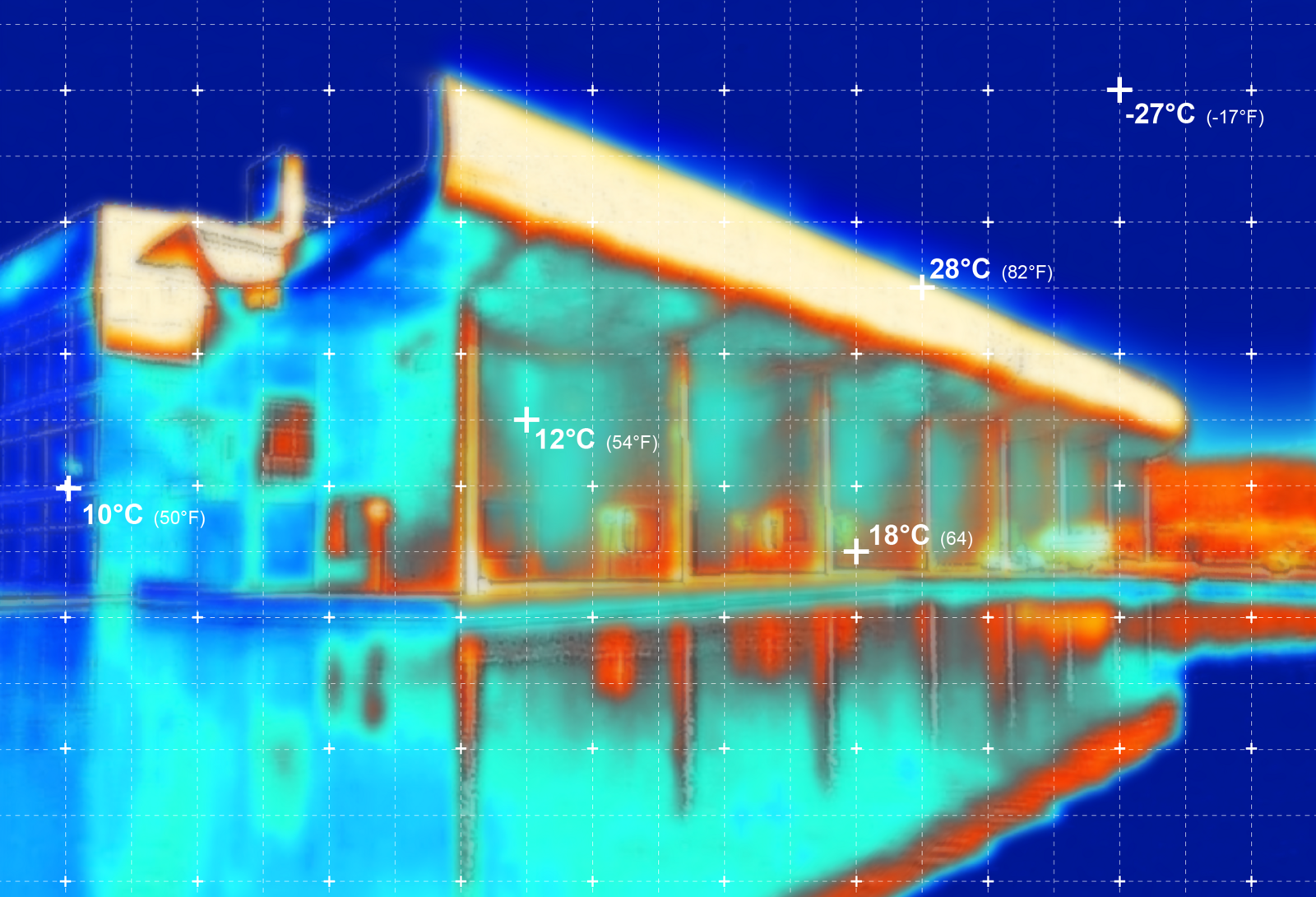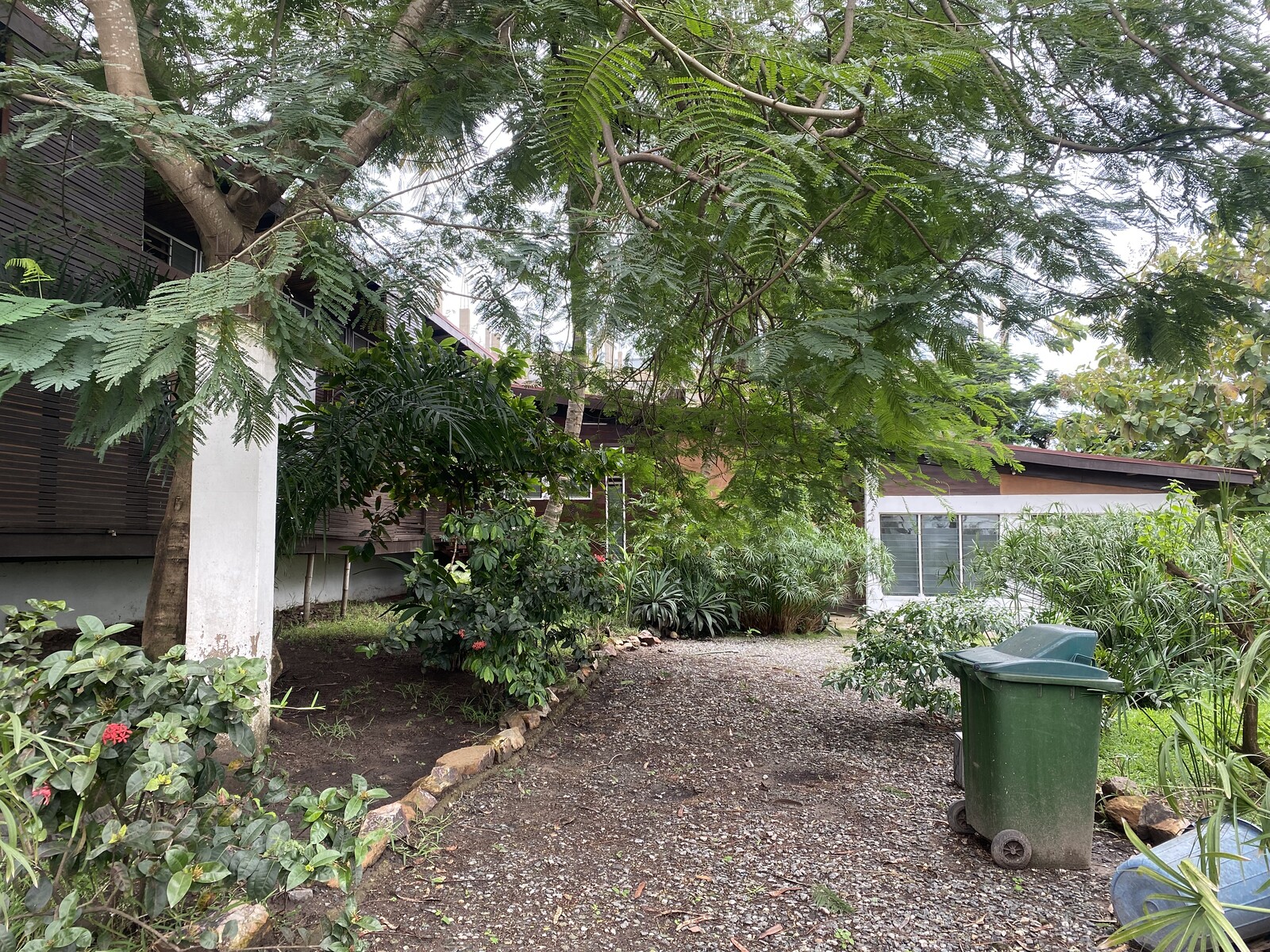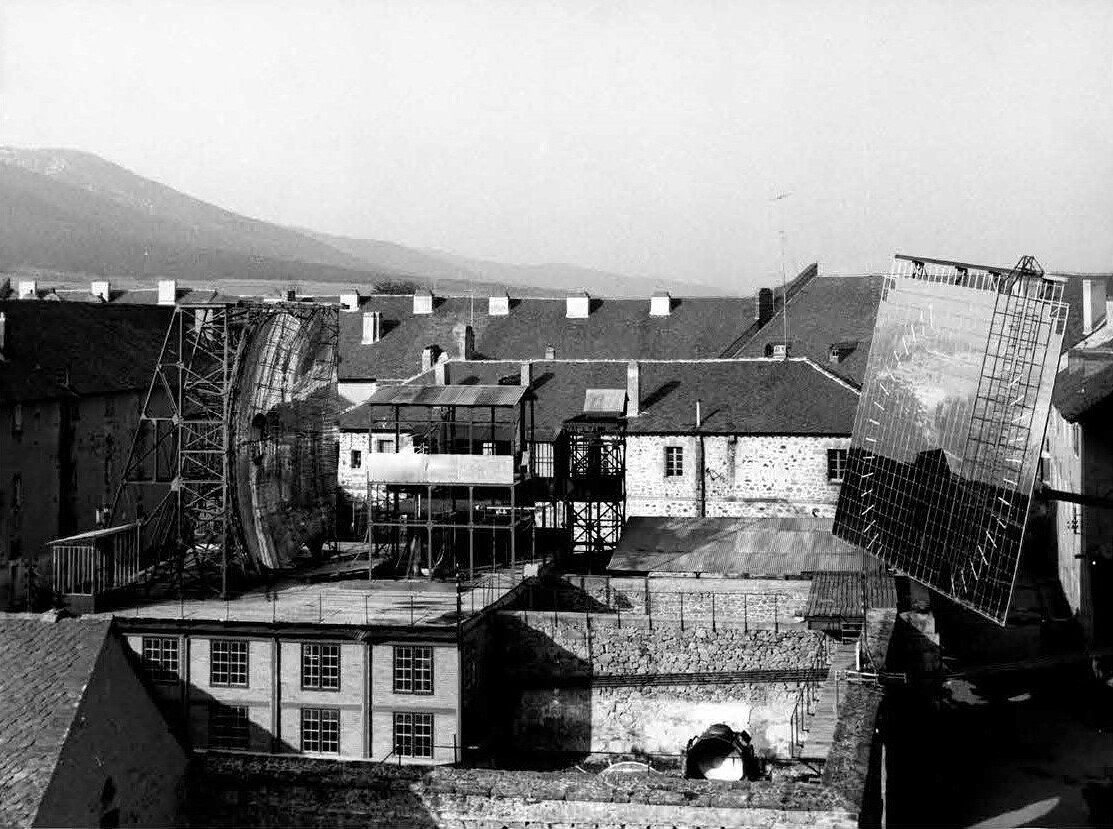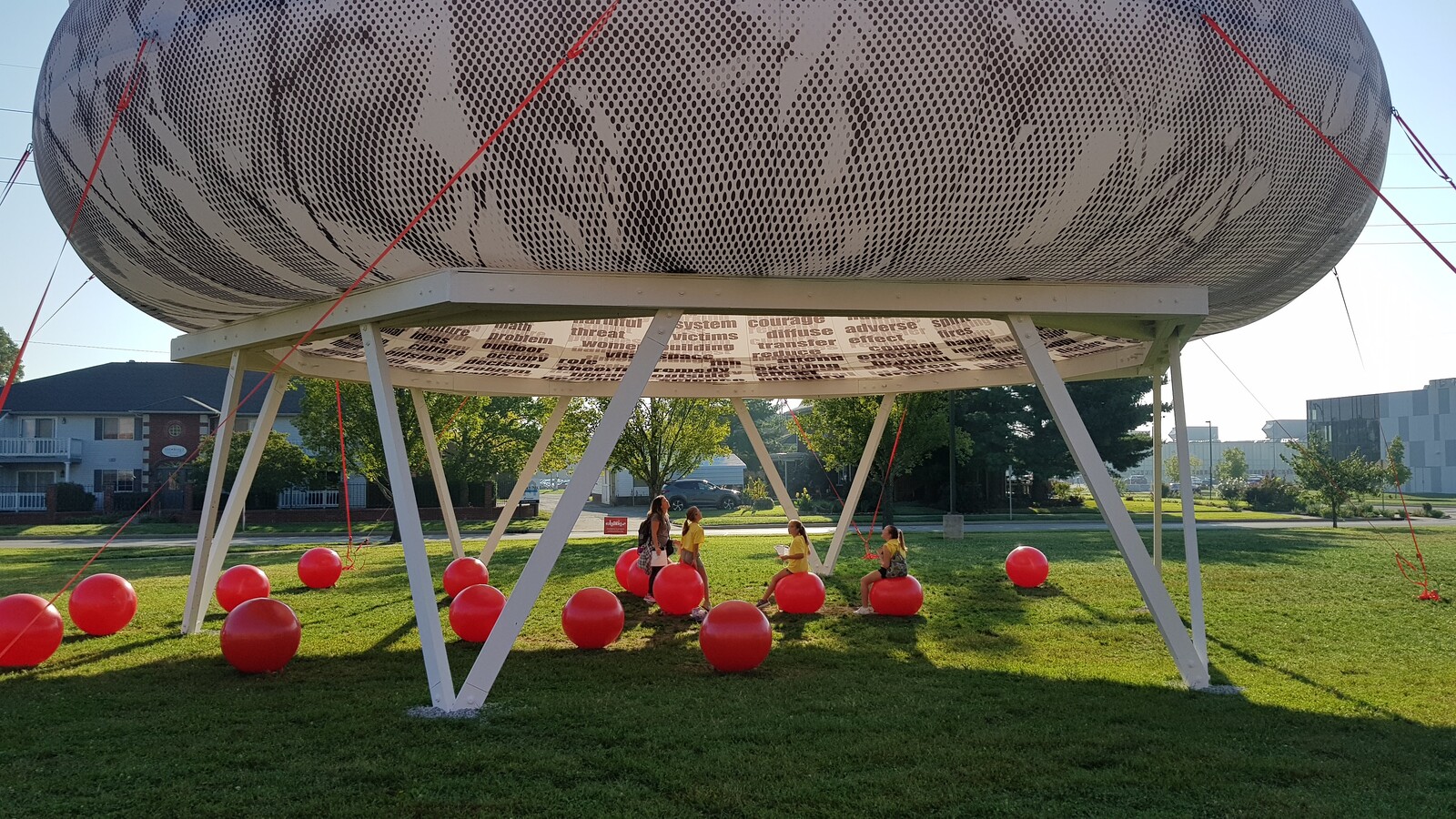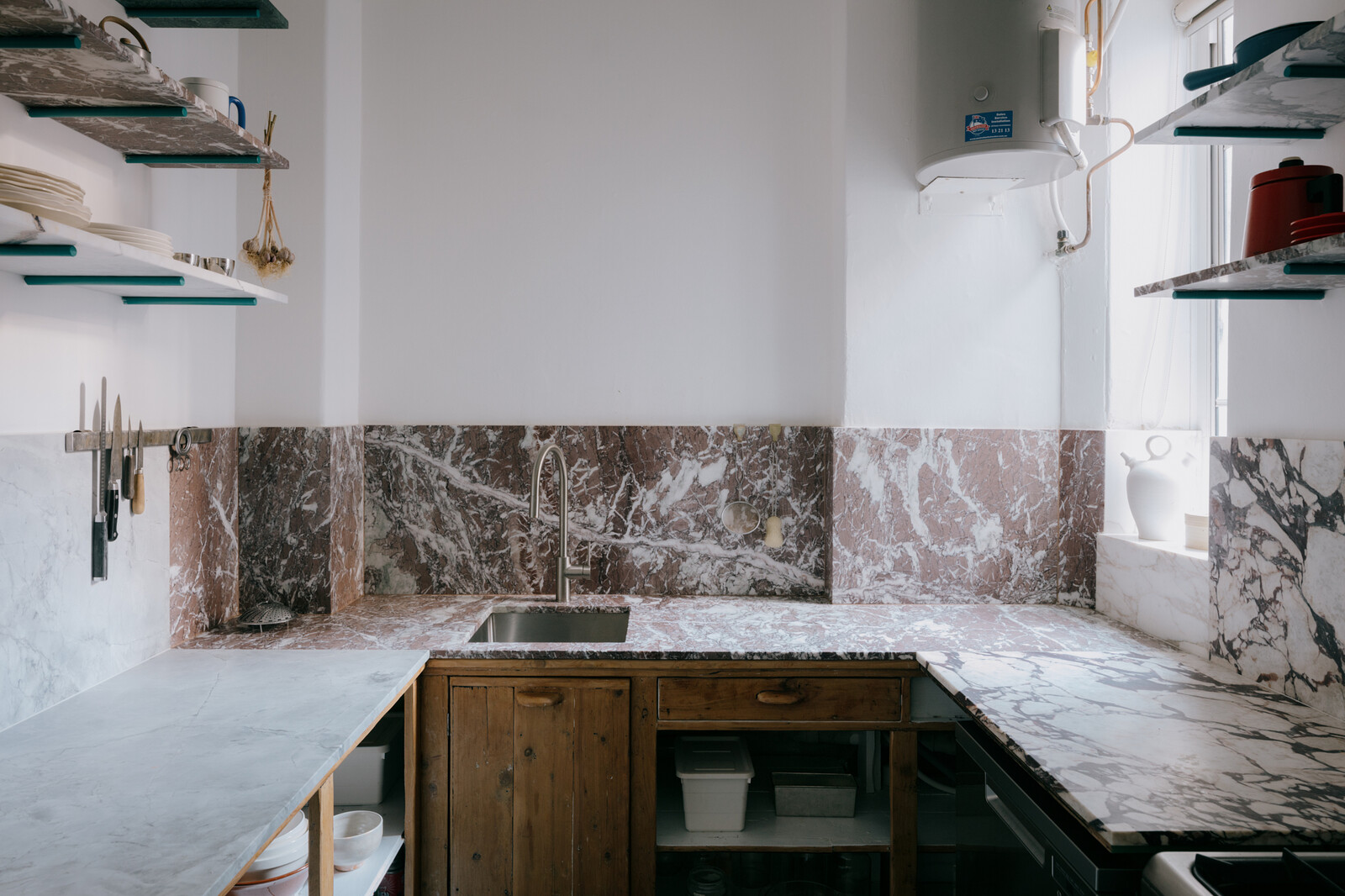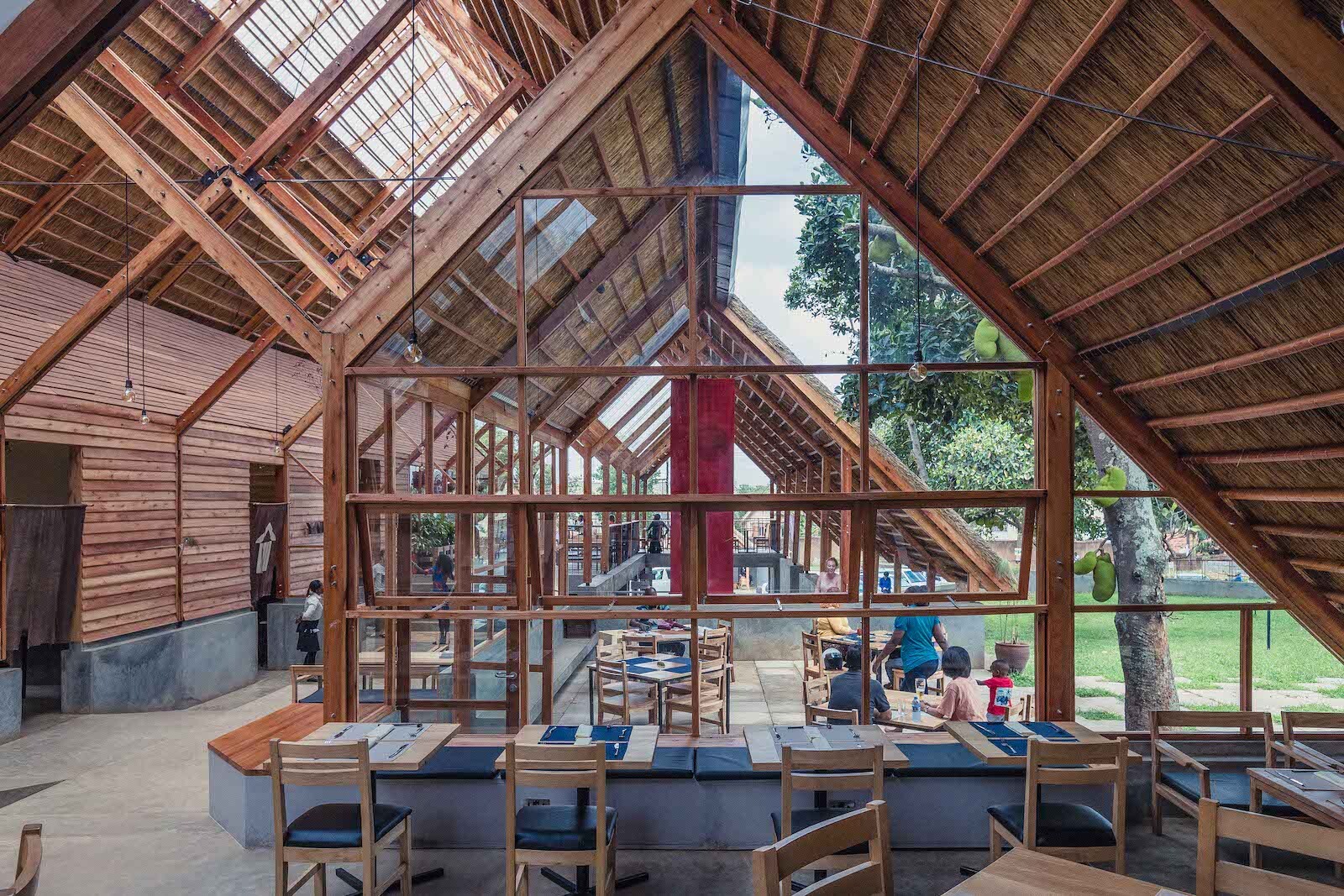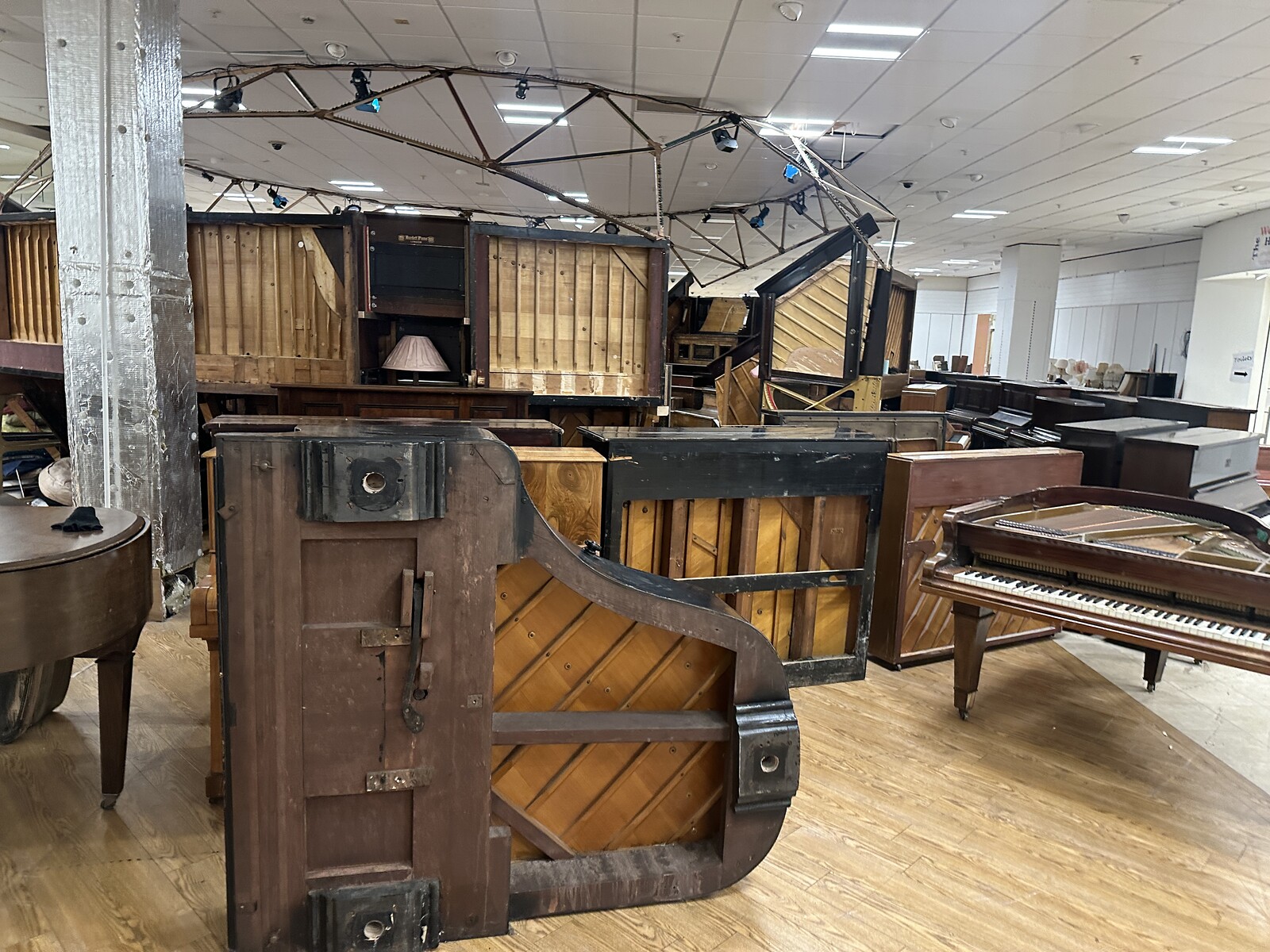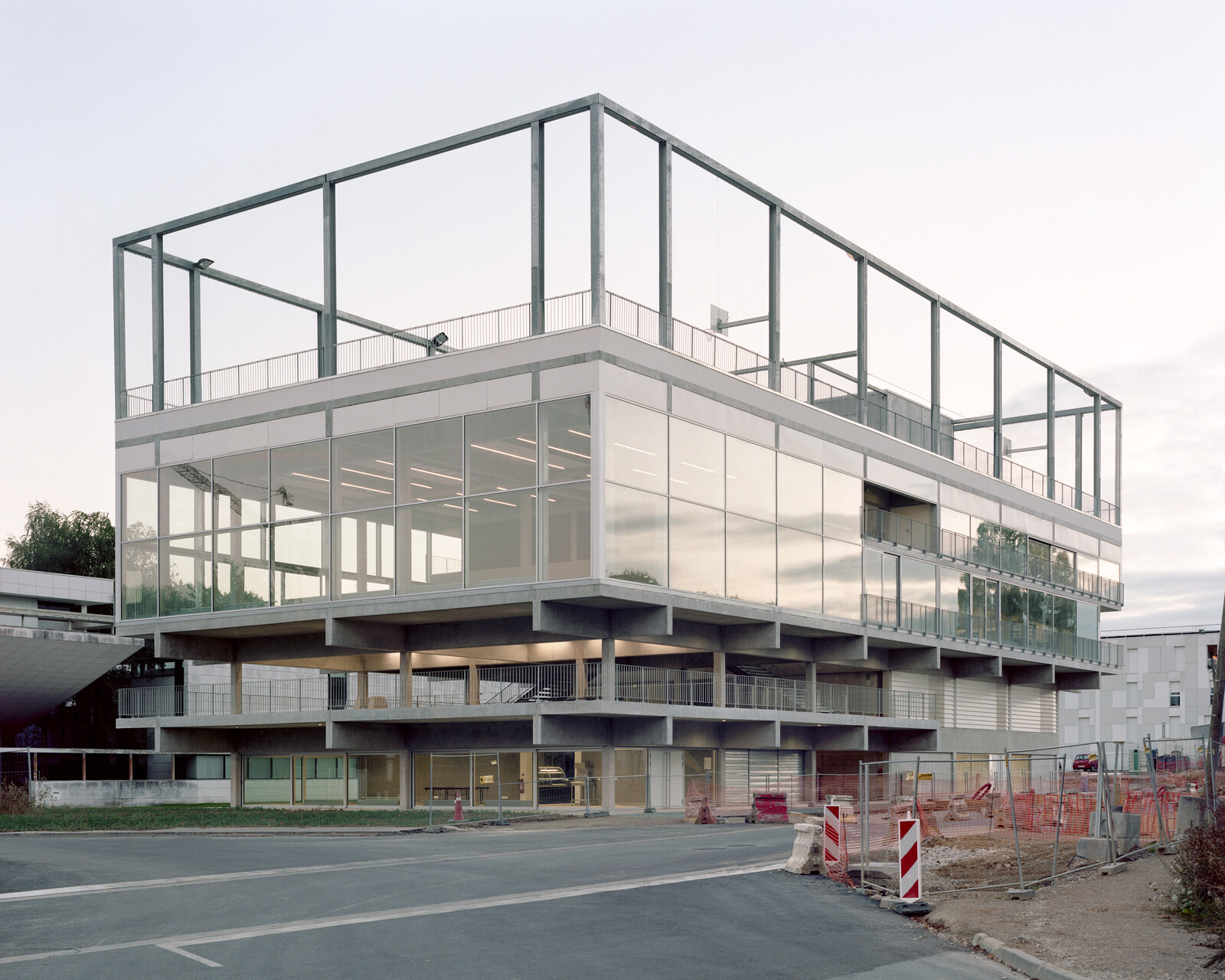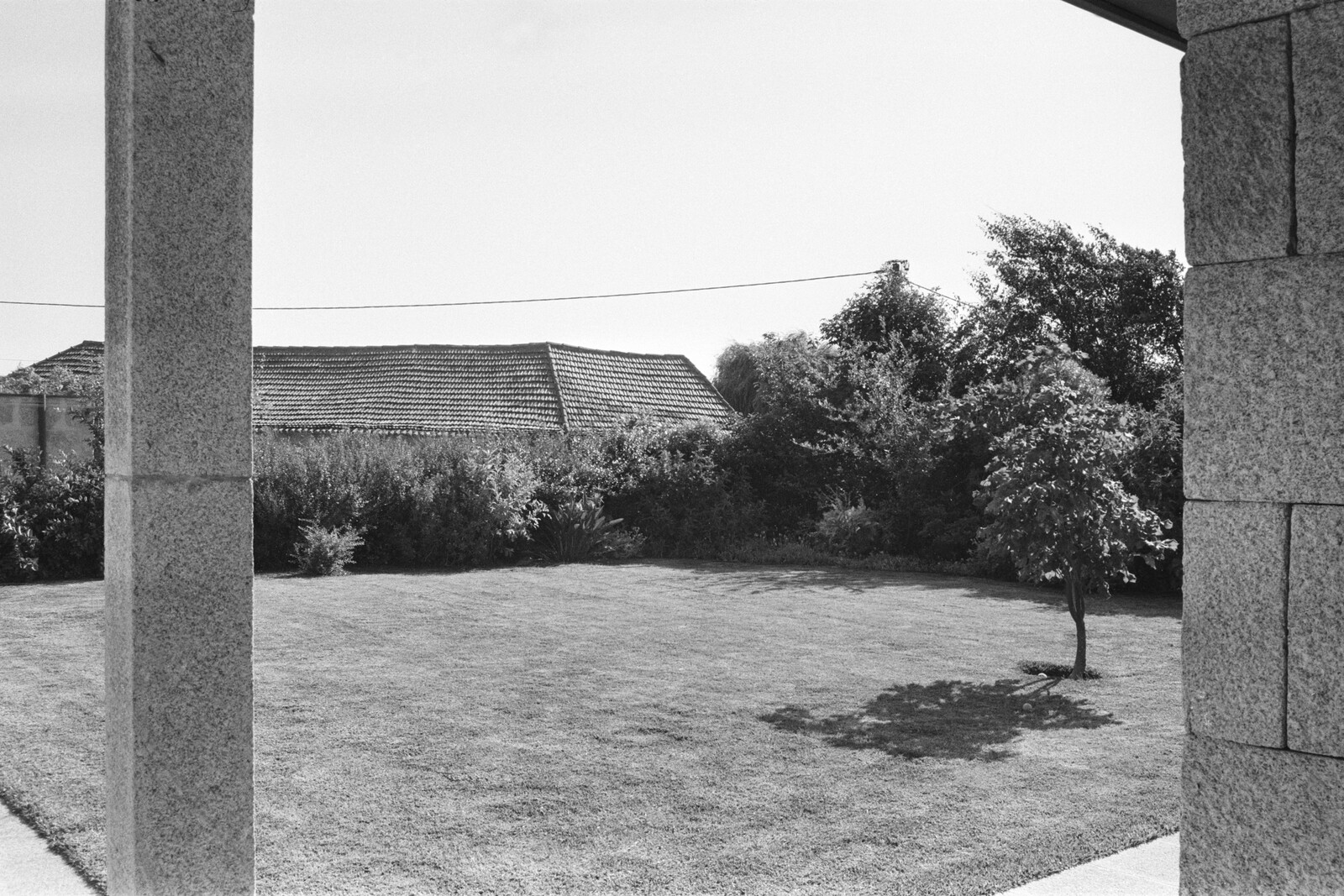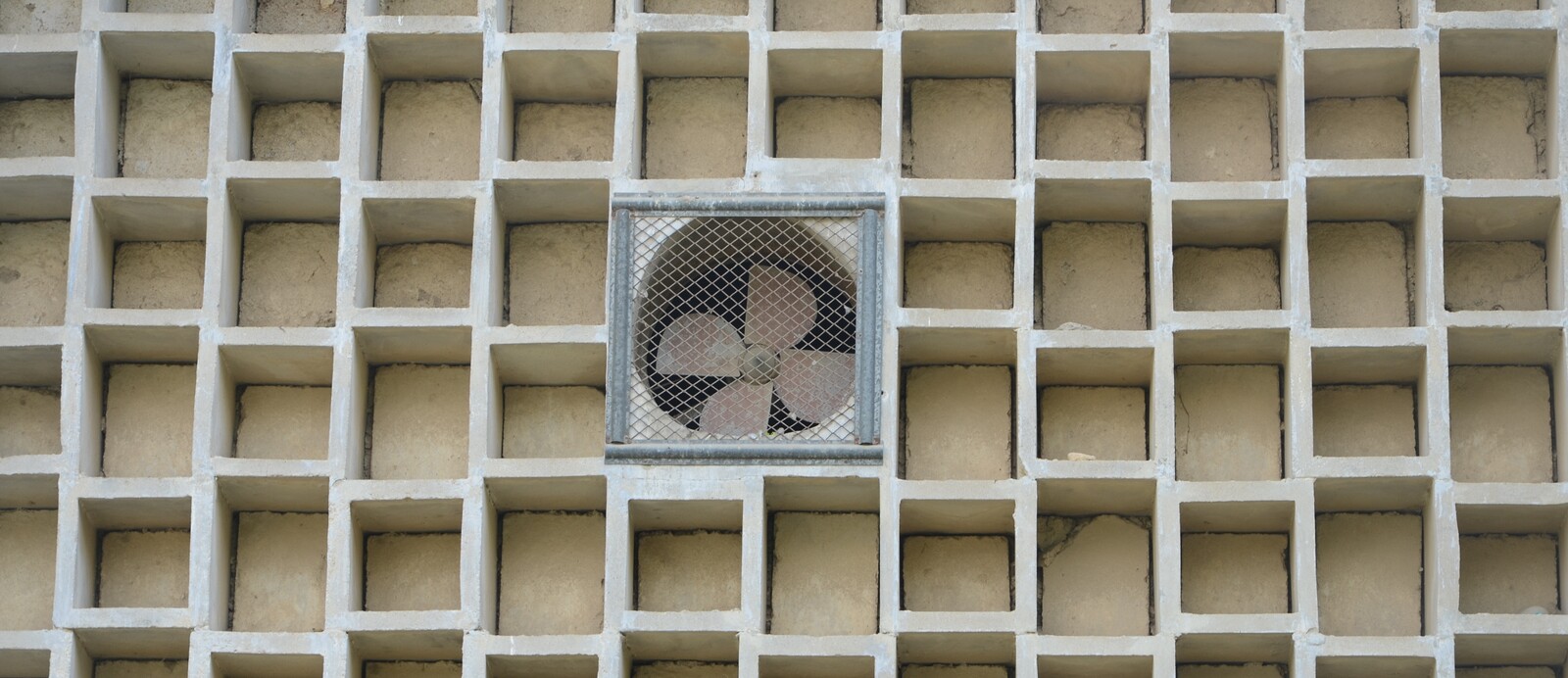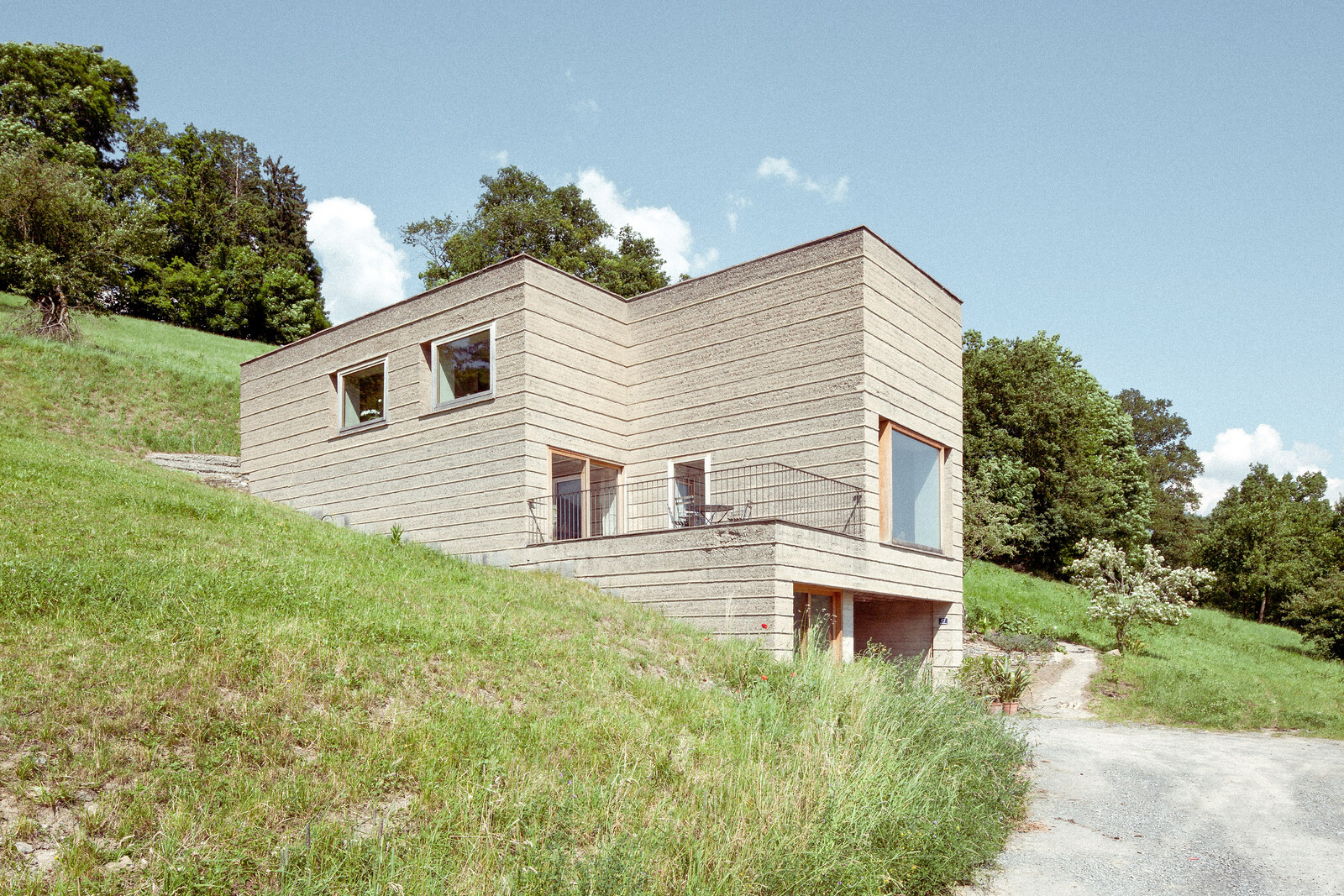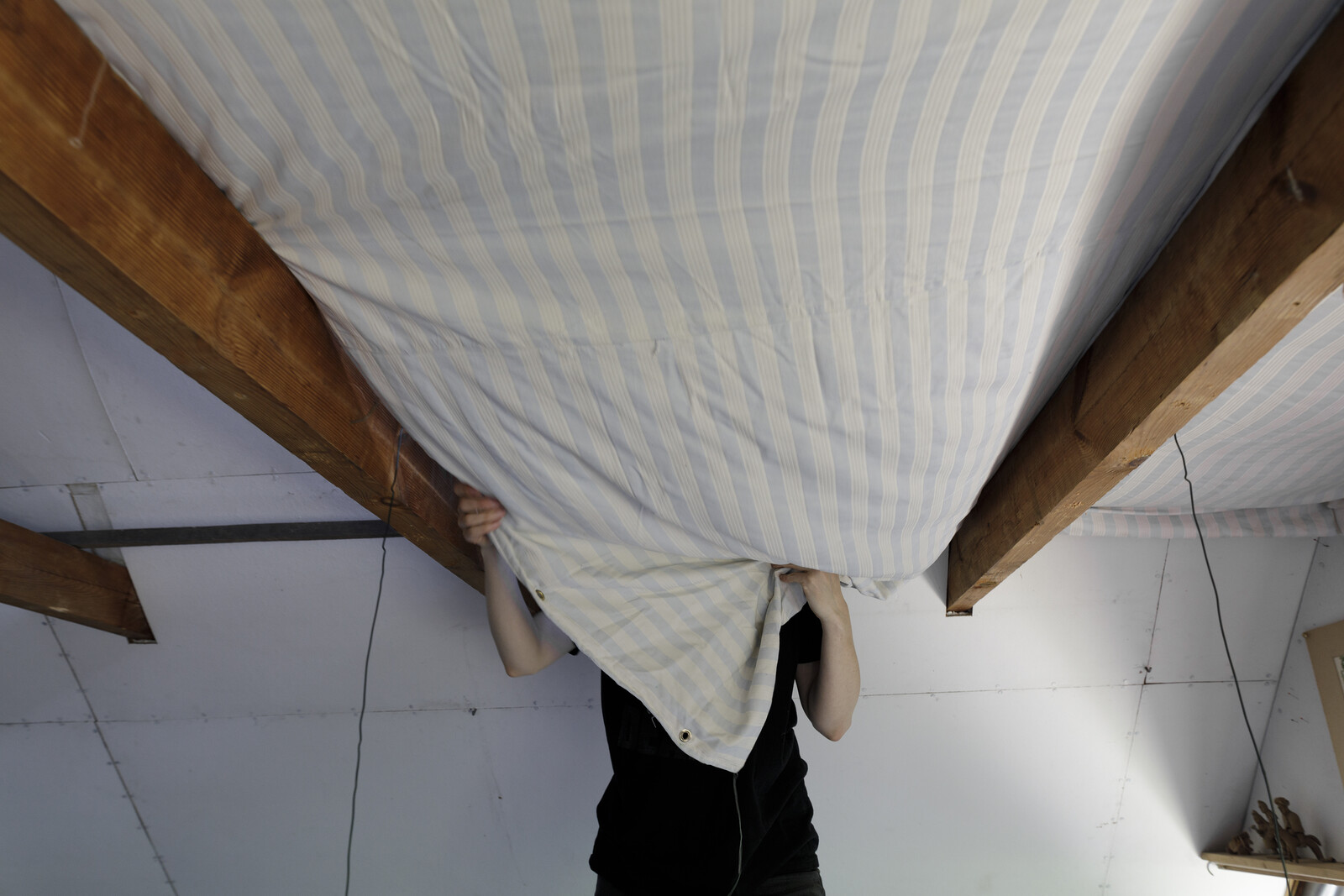Nick Axel: Since the founding of your office, you’ve built several cultural projects across New York City, but, recently, you have started working on housing projects, all of which are in Brooklyn. Before zooming in on them, I’d like to try to understand the wider context of this shift. To start, how would you describe the architectural development of New York over the past few decades?
Florian Idenburg: Well, New York is the preeminent developer city. The grid of New York is, in essence, a development grid; it was projected over Manahatta Island as open parcels waiting to be filled in, and the city’s building code is written in a way that encourages speculation. New York City is a city of small lots—especially Brooklyn. This dramatically lowers the barrier to entry for real estate development. In New York’s recent past, the redevelopment of the World Trade Center was important because it created a public discussion about the value of architecture. While it’s debatable in terms of where Mayor Michael Bloomberg and his administration put their efforts, with the Meatpacking District and the High Line, for example, the idea that architecture can bring value is clear. This notion was gradually ingrained in the mindset of the people shaping the city. That was the situation before the financial crisis of 2008, which was a complete reset. As deals fell through and loan terms changed, a lot of speculative land and property transactions took place, which reorganized the map. The next critical moment was Covid-19 and the subsequent lockdown, which shifted the dynamics between the city’s boroughs. Manhattan was the business district, while loads of people working in those businesses lived in Brooklyn and Queens. But, suddenly, everybody was working from home. This idea of not going into the city to do work deeply affected our thinking about our recent housing projects.
NA: The decentralization of capital within New York is interesting. And I read within your insight a potential shift of focus by developers away from office towers and towards housing. But even before Covid-19, after the 2008 crisis, all of these relatively small-scale residential buildings were popping up throughout Brooklyn. Can you explain this?
FI: If you look at the map of Brooklyn, the standard lot size is 25 feet wide by 80 feet deep, half of which is buildable. There are tens of thousands of those lots. This parcel type generated the brownstone as a typology. And while a few parts of Brooklyn are landmarked, large swaths aren’t. Because the lots are smaller, large developers aren’t looking at it. The developments that do happen take place on two, three, or four adjacent lots. But it’s still a relatively small-scale operation. Of course, Williamsburg was industrial, and therefore had larger lot sizes to allow for warehouses and factories. When that got rezoned to allow residential development, it produced a very different type of urbanism, with giant glass towers on the waterfront. East New York was also recently rezoned by Mayor Bill de Blasio, who focused on increasing the availability and affordability of housing, which led to the production of massive box-type buildings with elementary units. Brooklyn is enormous, and many different types of development are happening.
NA: How do you see one of your recent housing projects, 450 Warren, fitting into this?
FI: Dominant typologies, like those big glass towers or massive boxes, are often determined by building code. But they are also determined by finance. From a financial and code point of view, the safest way to build an apartment block in New York is to make a box with a corridor in the middle with rooms on both sides. Developers are the people who spend the money and take the risks, and therefore make the decisions. The broker also has a big say in what gets built because they are the ones who determine what the market will be able to absorb, meaning what people will buy. This is a notion that, as architects, we’ve found that we can challenge. To go back to the idea of typology, there are ratios, for instance, between the amount of façade area and the rentable or sellable floor area, and also between marketable and buildable floor area. Developers often want to minimize the gap between the buildable and the rentable. Space you have to build but cannot rent is space you don’t want to pay for. This ratio is one of the critical data points on the calculation sheet of any real estate development. Development first happens on the back of a napkin, but not as it is so often romanticized, as a sketch. It starts as a set of ratios, which turn into a more elaborate spreadsheet. Most financial institutions and underwriters don’t even look at architectural plans; they just look at the spreadsheet. If you want to change the typology, it’s not so much about drawing a different plan; it’s actually about changing this spreadsheet. What we did at 450 Warren, together with the developers, Tankhouse, is change the spreadsheet.

Legend for zoning area plans.

Zoning area plan, 1st floor. Drawing courtesy of SO-IL.

Zoning area plan, 2nd floor. Drawing courtesy of SO-IL.

Zoning area plan, 3rd floor. Drawing courtesy of SO-IL.

Zoning area plan, 4th floor. Drawing courtesy of SO-IL.

Zoning area plan, 5th floor. Drawing courtesy of SO-IL.

Zoning area plan, 6th floor. Drawing courtesy of SO-IL.
Legend for zoning area plans.
NA: What did this allow you to do? How did you approach designing 450 Warren?
FI: There are a lot of cities where the urban experience consists of hanging out in lobbies and moving around in an Uber from one climatized interior to the next. But Brooklyn is a city where lots of life happens on the street. There are fairs, festivals, and people walking, biking, and pushing strollers. In a brownstone, the staircase that takes you from the sidewalk to the entrance is not just a connector. It’s an actual place. The stoop is this negotiator between the city, street life, and your unit. On Halloween, for instance, people sit there and hand out candy; on sunny days, people perform music. There’s an entire TV show shot on one of these stoops. Our question with 450 Warren was how to translate this quality to a larger scale. How can we make that space of connection something that can be experienced, not just in an individual home but in a collective dwelling? This is where the ratio and the spreadsheet came in. Bringing the space of connection into the heart of the building while keeping it open turned out to be cheaper than enclosed, double-loaded corridors.
NA: How so?
FI: We could avoid finishes, carpets, and climatization, as this space is now open to the air. This also offers a more attractive homecoming experience: it is porous and has views and light. What we did is overbuild. The sellable square feet was legally constrained by what we could build “as of right,” which is about 60% of the floor area.1 But we filled our zoning envelope with space that is deductible from the perspective of zoning, such as exterior balconies, exterior corridors, and stairs, courtyards, and gardens. Porosity in the building also “fills” the envelope. This created additional construction costs, and we had to build more exterior façade areas. Some of this deductible space is monetizable, such as private terraces. Others just make for a better building.
NA: Do you see 450 Warren as a response to any of the recent shifts in the way that people inhabit the city?
FI: Absolutely. We’re working all the time, everywhere, through our devices. People need to have a place where they feel comfortable and are isolated from a lot of things, and then they also need places to be more connected. What happened during Covid-19 was that the locations where those things happened shifted. Suddenly, all connectivity came into the home. For decades, the most celebrated New York housing type had been the loft. The loft is where everything happens concurrently within a single space, which is great if you’re a solo bachelor artist, but it’s not great if you have two kids who have to go to Zoom school. So, the desire for rooms, enclosure, and acoustic separation has become much more critical. What is also very common, from a developer model, is to put all the plumbing, all the wet spaces together. This clusters bedrooms around bathrooms. But if your kids go to Zoom school, as parents, you might want to have your bedroom as far away as possible from the other bedrooms. We designed 450 Warren pre-Covid, but the second project we’re building now with Tankhouse, Chapel Street, was conceived during Covid-19. There, we pushed the bedrooms to the perimeter and placed the living and dining rooms in the center so that everyone has their own private space.
NA: It’s funny to think that the outdoors has actually become the place to be alone. It’s somewhat consistent with New York’s culture of anonymity, of being alone in a crowd. But still, being able to have a room, being able to close the door, being able to have different light conditions, are all still deeply important. I’m curious to hear what it took to do all this, to change the spreadsheet and to innovate typologically.
FI: First of all, the financing presented a challenge. The developers went to the bank, which said: “sorry, we can’t finance you; the ratios don’t work.” The computer simply wouldn’t allow it. The system, the ratio, was baked in. So, the developers had to find alternative sources of initial funding without typical construction loans. The other challenge was that environmental regulations are becoming stricter and are pushing strongly toward Passive House standards. A Passive House pushes design towards a compact, well-insulated, closed box with windows that you either can’t or shouldn’t open. Our project, conversely, tries to promote porosity and openness. In a double-loaded corridor, each unit typically has only one exterior facade. In our project, all units have at least three exterior facades; some even have four. This means that the performance of the envelope needs to be much higher. But it also means we can have cross ventilation without relying on AC. Energy regulations in New York are intentionally rudimentary so that people can easily adhere to them. But that also means the regulations cannot accommodate complex calculations, such as natural ventilation. Natural cross ventilation is not accounted for in energy modeling by the energy agency of New York State (NYSERDA), but it’s environmentally better, because you need less mechanical cooling. The brokers we worked with were skeptical because nothing was comparable. They said nobody will want it because it doesn’t already exist. Throughout the twentieth century, experiments and progress in housing were often done by governments and with public money. To try to do things within a market that is not subsidized is tricky because there’s so much pushback from people who think they have proven mechanisms to generate income. Everything that you want to change is a risk for them. It’s not so much an architectural problem; the real challenge is to convince people to take the risk inherent in doing something that hasn’t been done before.
NA: Now that you’ve realized such an irregular project in such a normalizing context, do you think it will be written off as a glitch in the system, or do you think it could have lasting institutional effects?
FI: Well, sometimes the institutions aren’t the problem. The building code, for instance, actually allows many more things to be built than we are used to. We carefully read the code and found ways of creating a non-standard design. For instance, the handrails in our atrium are not, in fact, handrails, but steel wire netting. When the building inspector visited the building, he said, “I hate it, but I need to approve it.” It was the same with the energy code, but now people from NYSERDA study the building. The marketing side was the easiest to convince people about because all the units were sold. Finance is more complicated to scale up because the bigger the project, the bigger the risk. We’re currently working with the same developers on a larger project, but they still don’t have enough financial whereabouts. They have to look for and work with outside investors. The more capital that is needed, the more conservative people get.
NA: I’m curious to think further through this idea of real estate development that sidesteps the monopoly and norms of construction financing. Perhaps architecture can serve as the vehicle for other streams of capital to flow into the built environment?
FI: The older the city, the harder it is to find people who want to gamble. At the same time, the idea of real estate as a way to “make it” exists for many. The attraction of New York is, therefore, not just for the families that already own much of the city but also for new money trying to find a way to use it. Architectural innovators might partner with more speculative investors who see an opportunity to do something new in New York. It certainly won’t come from the existing large funds, which look for certainty. Our only fear is that when things get bigger, conformity will kick back in.
An as-of-right development complies with all applicable zoning regulations and does not require any discretionary action by the City Planning Commission or Board of Standards and Appeals. See ➝.
After Comfort: A User’s Guide is a project by e-flux Architecture in collaboration with the University of Technology Sydney, the Technical University of Munich, the University of Liverpool, and Transsolar.










